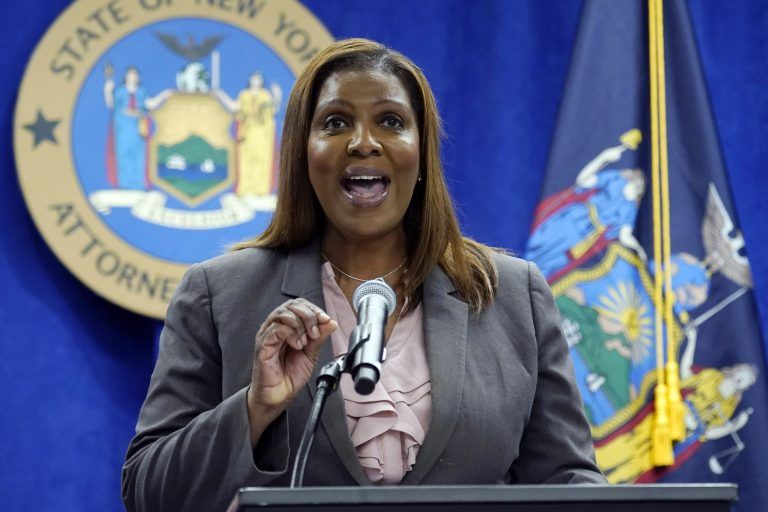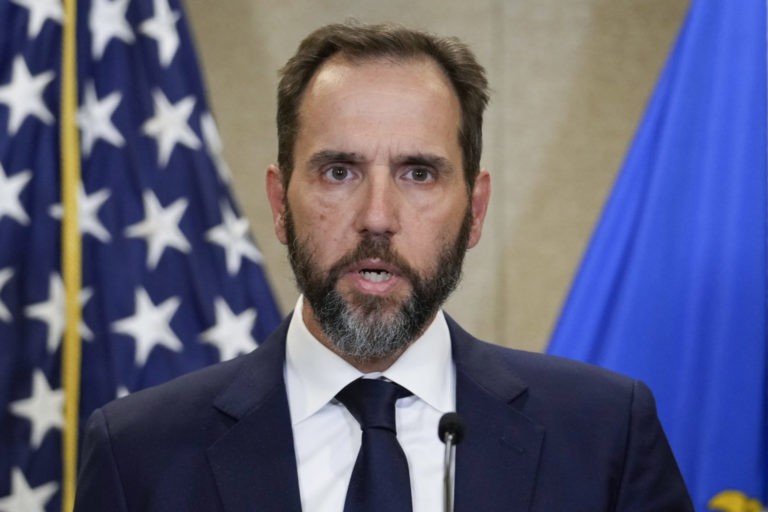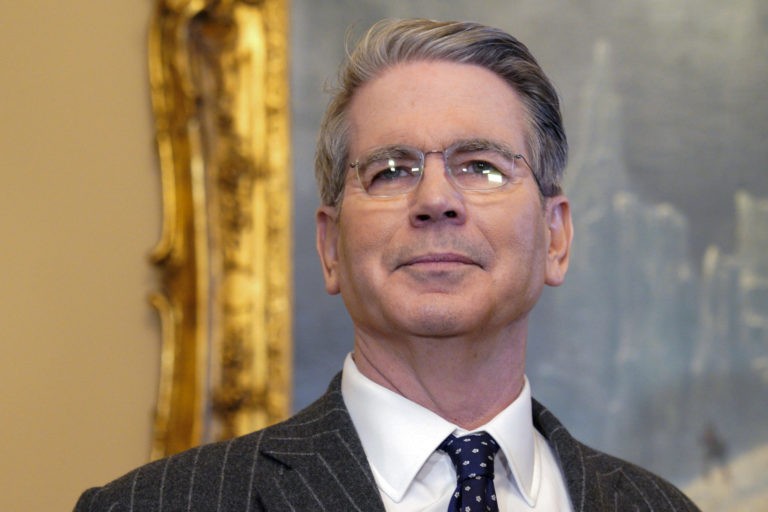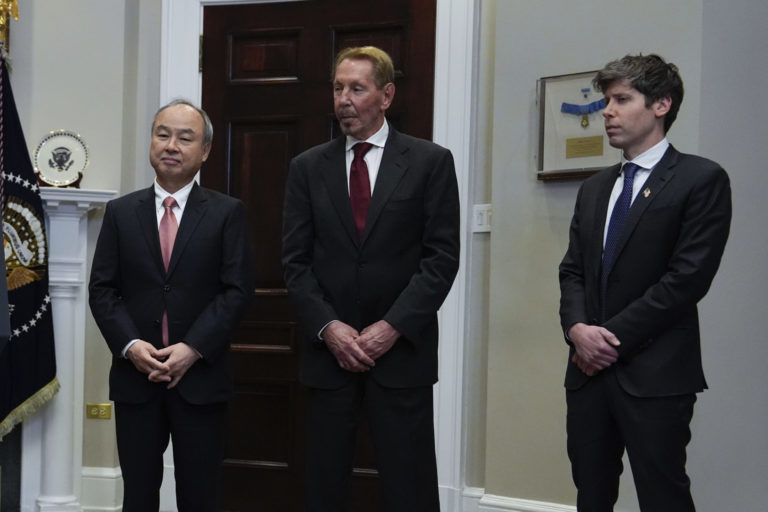(José Niño, Headline USA) New federal filings reveal that the Israeli government plans to spend up to $4.1 million hiring an American firm to immerse Christians in virtual reality experiences and track their smartphones at churches across the Western United States.
Recent Foreign Agents Registration Act (FARA) disclosures reveal that Israel has contracted Show Faith by Works, a firm run by conservative activist Chad Schnitger, to execute an extensive outreach operation targeting American Christians.
Show Faith by Works plans to deploy branded trailer exhibits featuring tents, virtual reality headsets, and interactive kiosks designed to immerse audiences in what they call the “October 7th Experience.” The program falls under a broader initiative known as “Survive to Tell” and “Be The Witness,” as Information Liberation reported.
The campaign will recruit pastors to author opinion editorials, distribute resource packages through mail, hire social media influencers, and produce television style commercials.
Materials submitted with the registration emphasize that Palestinians bear collective responsibility for Hamas leadership and operations, accusing them of sheltering terrorists and storing weapons in civilian infrastructure.
The informational content stresses that no Palestinian state has ever existed and characterizes Hamas and Iranian objectives as genocidal rather than territorial.
Perhaps most striking is what organizers tout as “The largest Christian Church Geofencing Campaign in US History.” This component targets Christian churches on Sundays and Christian colleges on weekdays with advertisements delivered to mobile devices that enter designated geographical zones.
“Ads will continue to track those who entered our target zones,” the filing states.
The geofencing campaign creates digital perimeters around key Christian gathering places throughout California, Nevada, and other Western states, delivering content described in the documents as both supportive of Israel and critical of Palestinians to what they term “engaged audiences.”
Show Faith by Works registered with the Justice Department as a foreign agent in late September, days after receiving its first payment.
The Jewish Telegraphic Agency reports that Show Faith by Works expects to collect more than $3.25 million over five months, with payments routed through global advertising giant Havas Media. The firm also proposed an additional budget of $835,000 for equipment and program expansion.
The company received approximately $326,000 on Sept. 18, just nine days before formally registering as a foreign agent, according to the filing.
This Christian outreach campaign represents one component of a larger Israeli public relations effort in the United States. Other recently disclosed FARA filings show the Israeli government paying former Trump campaign manager Brad Parscale $6 million through his firm Clock Tower X to target Generation Z audiences across TikTok, Instagram, YouTube, and podcasts.
Responsible Statecraft highlighted that Parscale’s contract includes creating websites and content designed to influence how artificial intelligence models like ChatGPT respond to queries about Israel, essentially training these systems to frame issues more favorably. The firm aims to generate at least 50 million monthly impressions and will use search engine optimization tools to elevate content supportive of Israeli positions on Google and Bing.
As Headline USA previously reported, filings reveal Israel contracted with Bridges Partners to establish an influencer network called the Esther Project, paying content creators between $6,000 and $7,000 per post to produce material favorable to Israel.
The multifaceted campaign follows Israel’s Foreign Ministry receiving a $150 million budget allocation for public relations efforts, suggesting these disclosed contracts represent only a fraction of the total spending on American influence operations.
José Niño is the deputy editor of Headline USA. Follow him at x.com/JoseAlNino










